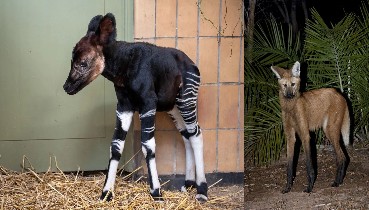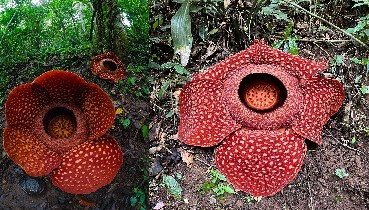
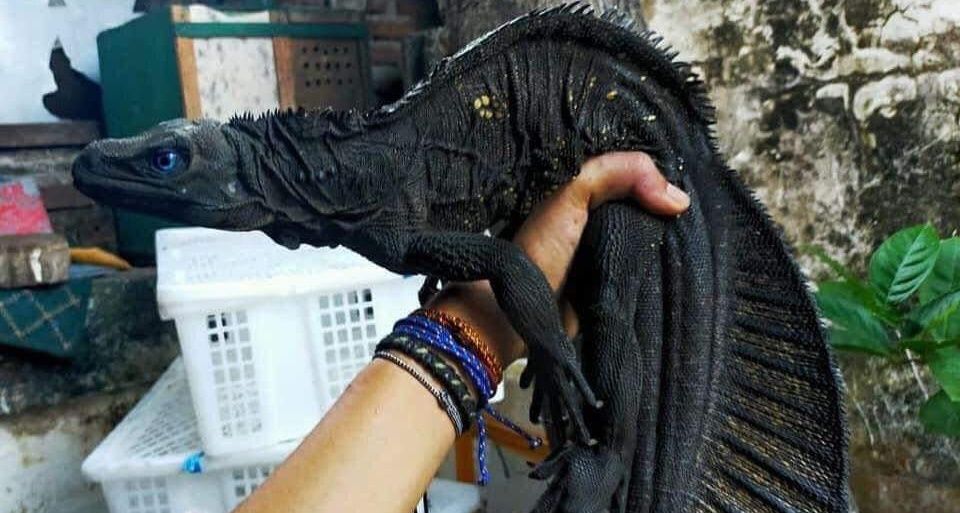
Philippine sailfin lizard
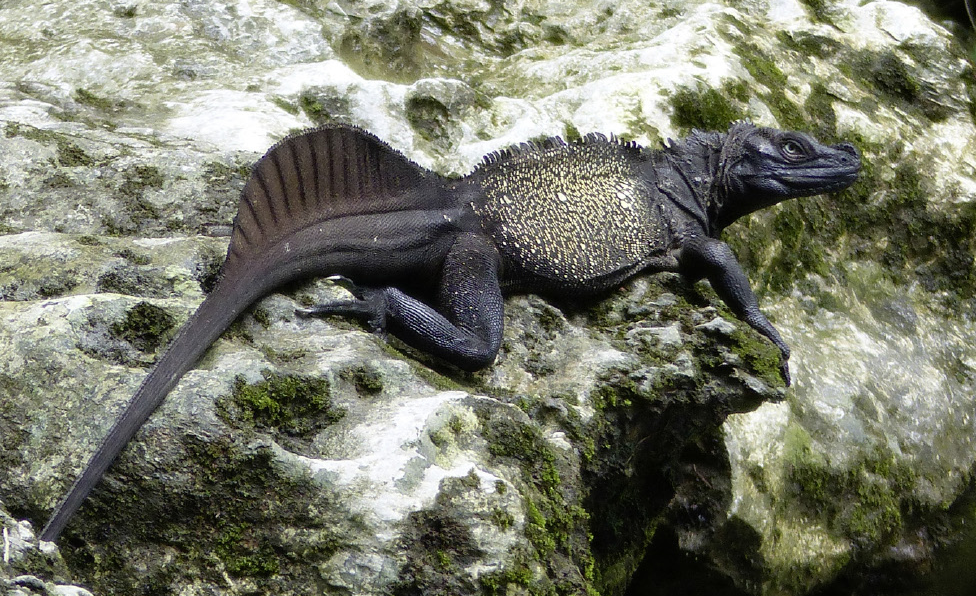
Sailfin dragons (Hydrosaurus pustulatus, H. Amboinensis and H. ”weberi”) are a group of large-bodied lizards from the tropical regions of eastern Indonesia, New Guinea and the Philippines. The largest of the agamid family, these water-loving lizards are usually found basking in or near mountain streams. They flee at the first sight of danger, typically running bipedally into the water until they sink and swim away. Their ability to hide underwater for up to an hour helps to ensure any threats pass.
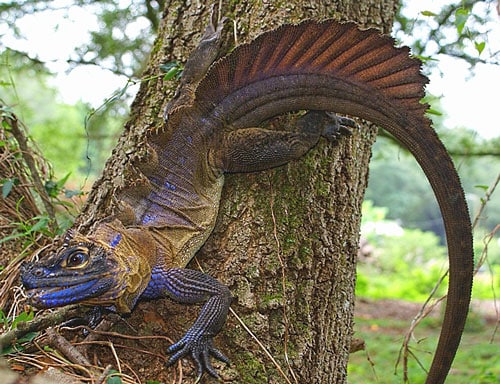
Sailfin Dragon Availability
Sailfin dragons have never been common in the pet trade. They were more available in the late 1980s and early 1990s when the Philippines exported them, but the country has since protected the lizards and stopped their export. Now Indonesia is the primary source of sailfin dragons. Because these lizards make interesting and beautiful captives, I decided early on to work with them in order to offer future lizardkeepers hassle–free, captive-born dragons.
Sailfin Dragon Size
Sailfin dragons require lots of room. They easily measure 3 feet long in captivity. Large adult males reach up to 4 feet in length. Females are usually a third smaller than males. Philippine sailfins (Hydrosaurus pustulatus) and Indonesian giants (H. Amboinensis) appear to reach the largest sizes. The average adult male is 3.5 feet long and weighs 3 to 5 pounds. Measuring more than 3 feet in total length, Weber’s sailfin (H. ”weberi”) is typically thinner and lighter-bodied, and it has a somewhat longer tail.
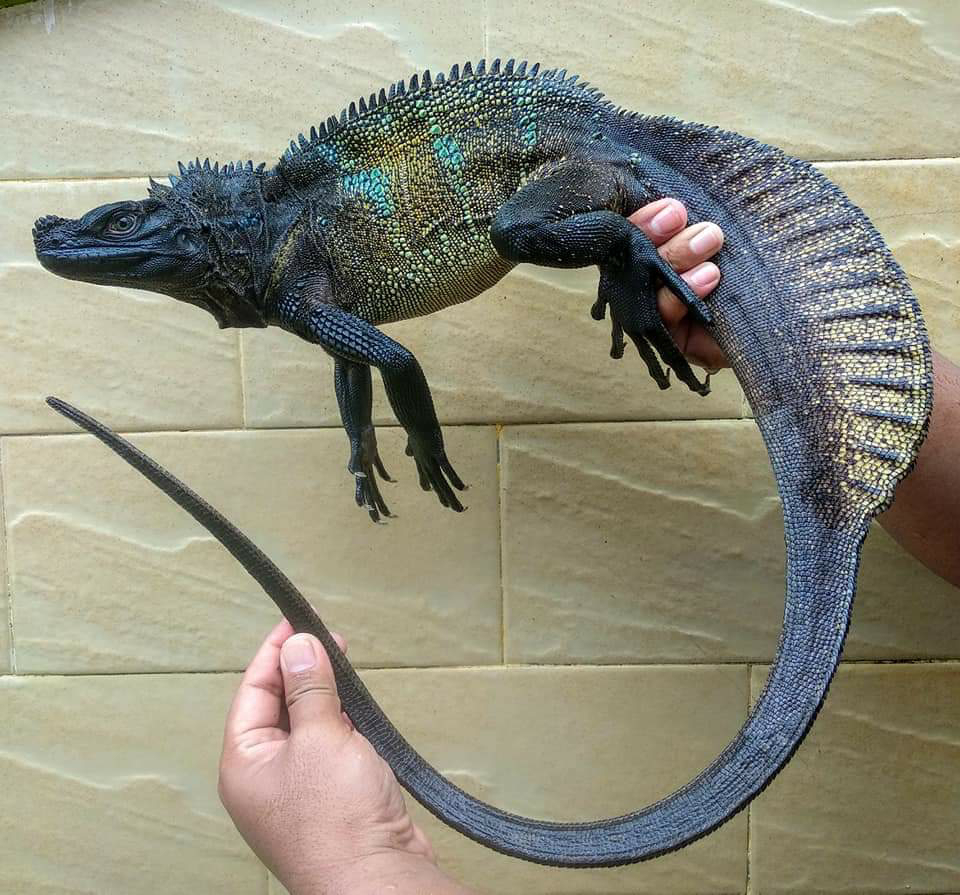
Sailfin Dragon Life Span
Several books note that Hydrosaurus species can live up to 25 years. I’ve talked to a few people that have kept them for 20 years now, and I own some that are 14 years old, and occasionally they still reproduce.
Sailfin Dragon Caging
A 30- to 40-gallon aquarium is adequate for a single young lizard up to 16 inches long. I recommend a visual barrier on all sides of the tank except for the viewing side, and even then a 4- to 6-inch-tall barrier across the front wouldn’t hurt. The barrier helps to avoid the common nose-rubbing that occurs with these lizards.
After the dragon’s juvenile stage passes, larger enclosures are necessary. Keep larger juveniles and adults in custom enclosures built to their specific semiarboreal requirements. A single adult sailfin dragon should have an enclosure measuring at least 5 feet long, 2.5 feet wide and 5 feet tall. Pairs or trios should have an enclosure with dimensions each extended by a few feet. The cage floor should not rot in high humidity.
It is crucial to have all sides visually blocked and a 1-foot-tall barrier across the front. Your dragon will feel more secure, and the cage will hold higher heat and humidity, which is important for proper growth and shedding. Large branches of various diameters — nothing thinner than the girth of their bodies — should be placed horizontally and diagonally throughout the enclosure. Shelves built into the walls also make great additions. Make sure to leave some room on the ground for a large water basin, food bowl and also possible egg-laying site if you’re keeping females.
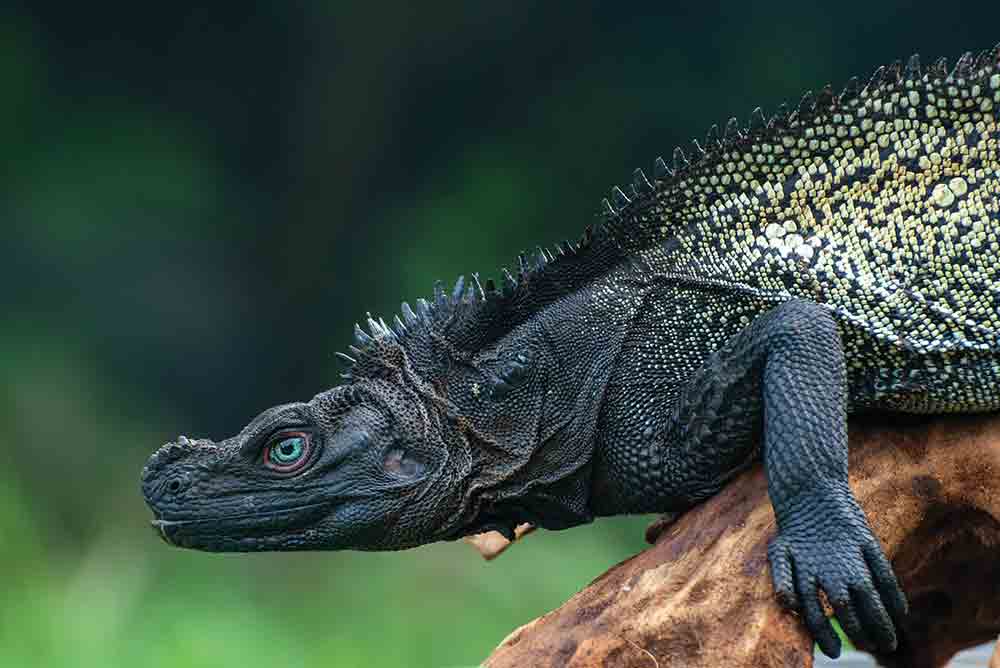
Sailfin Dragon Lighting and Temperature
A good UVB source (mercury vapor or fluorescent) is very important, and so are basking bulbs for heat. These creatures come from a tropical environment, so the basking area temperature should be around 115 degrees Fahrenheit. Position the basking bulb above a favorite branch or high shelf. Ambient temperatures should be 85 to 90 degrees throughout the rest of cage. Nighttime temperatures should drop to somewhere between 75 and 80 degrees.
In cooler climates or during the winter, heat tape can be used to help warm the cage bottom, or ceramic heat emitters from above will keep your lizard happy and healthy. Please follow installation instructions carefully to prevent lizard burns and house fires.
Sailfin Dragon Substrate
Sailfin dragons need an organic substrate that can sustain high humidity. Cypress mulch works very well. It is inexpensive, but make sure it is pure cypress mulch and not a mix. Other bark substrates designed for humidity-loving reptiles are also acceptable. A substrate mix containing equal parts of additive-free potting soil, play sand and moistened coconut fiber also works. A layer a few inches deep is fine.
Sailfin Dragon Food
Omnivorous by nature, sailfin dragons eat just about anything known to be edible and healthy. Babies should be fed as often as they feel the need to eat. Try insects (such as crickets, superworms, cockroaches and Phoenix Worms) in the morning, and dust insects with calcium and vitamin D3. Leave a bowl of finely chopped fruits and vegetables (such as cantaloupe, bananas, berries, collard greens, mustard greens, carrots, beans and edible flowers) in all day. Commercial bearded dragon pellets are an excellent addition. Toward evening try feeding more dusted, gut-loaded insects.
As sailfin dragons mature, stick with the same diet and supplementation, and calcium dusted insects, but add more variety, such as small mice, ground turkey, clean fish, crustaceans, shrimp and crawfish. Increase the calcium if keeping ovulating females and vitamins added once to twice weekly to the diet.
Sailfin Dragon Water
Sailfin dragons have evolved to live hand-in-hand with water, so 75 percent and higher humidity in the enclosure is a must. Daily mistings with a spray bottle help ensure proper shedding of their skin and spikes. A large water pan deep enough for the lizard to submerge is also quite important for the enclosure. You must change the water daily because the lizards defecate in and drink out of the same pan. For the most part, this is the only maintenance required to clean the cage. In that sense, they are inherently potty-trained.
Sailfin Dragon Handling and Temperament
Sailfin dragons are a little jumpy, and they have a bit of a wild side when a potential threat nears in captivity. A secure cage helps with this immensely. Work around them slowly, and gain their trust. Yet even the wildest sailfins chill out a minute or so after capture. They wiggle and scratch a bit if captured, but they are not typically mean. Patience with hand-feeding helps gain their trust. Scooping them from the enclosure, as opposed to catching them while they run around, also alleviates a lot of stress on their part — and pesky scratches on yours.
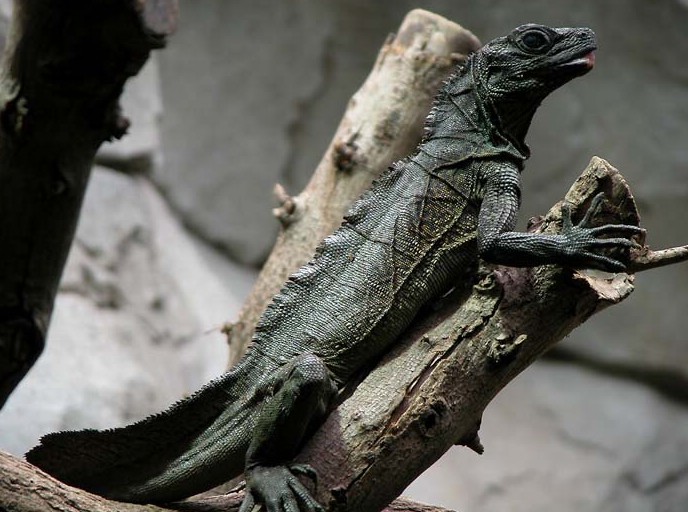
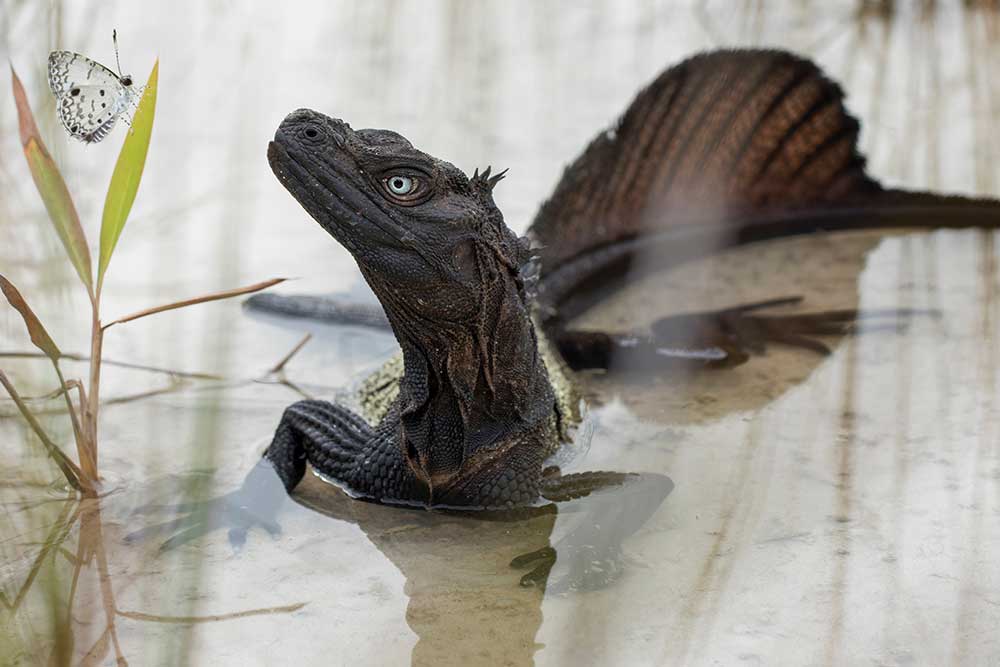
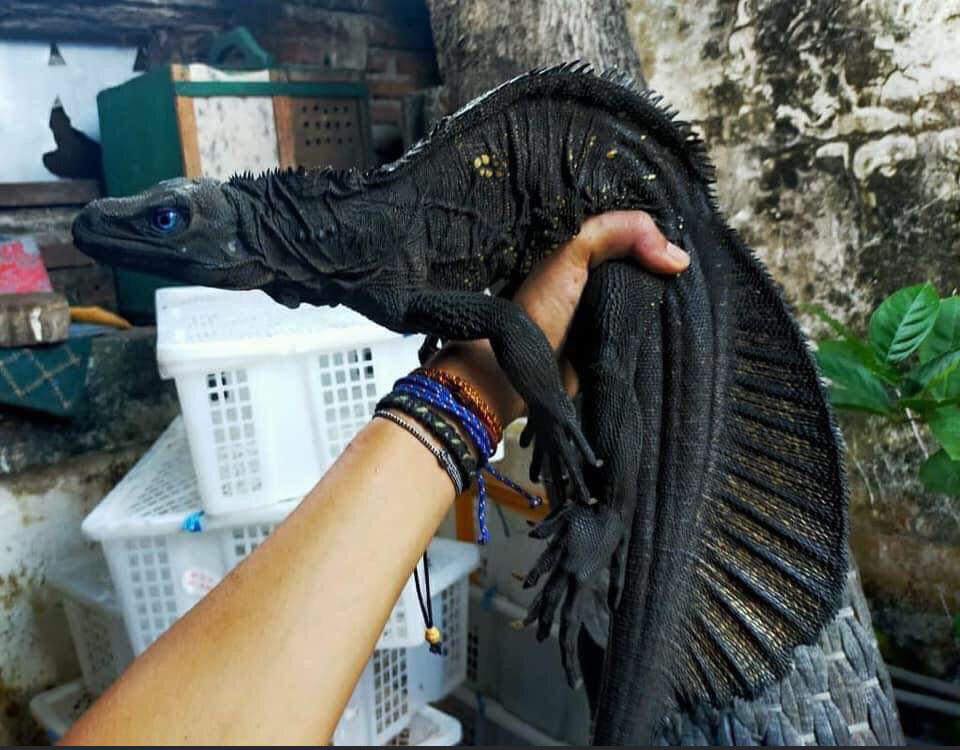
Recommended Videos
 This Gorgeous Ice Cavern Has An Ancient Forest Underneath221 views
This Gorgeous Ice Cavern Has An Ancient Forest Underneath221 views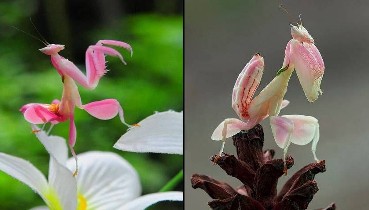 Hymenopus coronatus is a mantis from the tropical forests of Southeast Asia. It is known by various common names including walking flower mantis and (pink) orchid mantis.423 views
Hymenopus coronatus is a mantis from the tropical forests of Southeast Asia. It is known by various common names including walking flower mantis and (pink) orchid mantis.423 views-
Advertisements
 Green Pearl of Arsanjan1175 views
Green Pearl of Arsanjan1175 views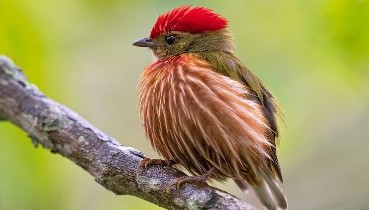 The Striolated Manakin Is The Roundest And The Sweetest Bird That You Will Ever Meet (6+ Photos)120 views
The Striolated Manakin Is The Roundest And The Sweetest Bird That You Will Ever Meet (6+ Photos)120 views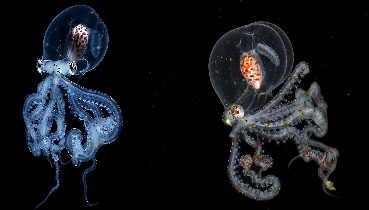 33 Stunning Winning Photos From The Close-Up Photographer642 views
33 Stunning Winning Photos From The Close-Up Photographer642 views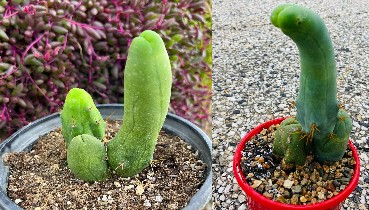 96 Times People Got Creative With Potting Their Plants And Turned Them Into Absolute Masterpieces124 views
96 Times People Got Creative With Potting Their Plants And Turned Them Into Absolute Masterpieces124 views Patrick Dougherty’s Nest Houses out of Living Trees9872 views
Patrick Dougherty’s Nest Houses out of Living Trees9872 views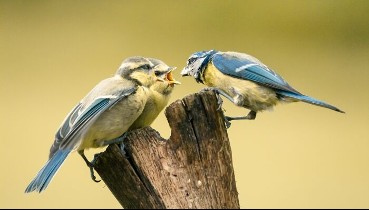 I’ve Spent 5 Years Capturing Various Images Of Animals, And Here Are My 43 Perfectly Timed Shots2359 views
I’ve Spent 5 Years Capturing Various Images Of Animals, And Here Are My 43 Perfectly Timed Shots2359 views
